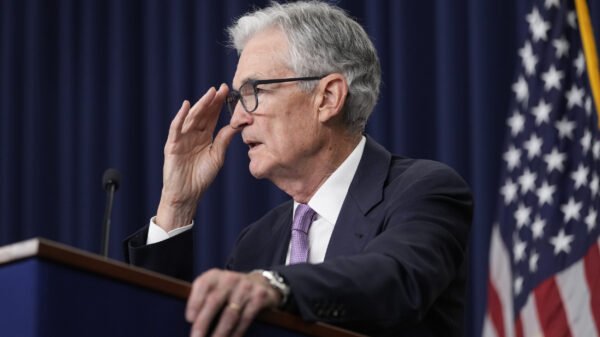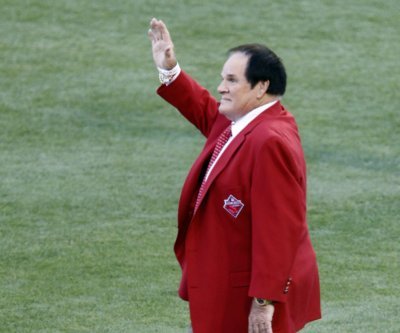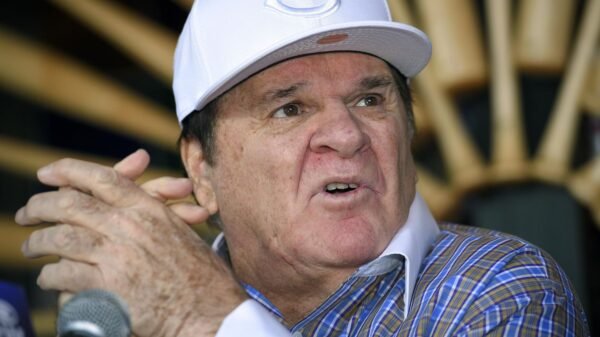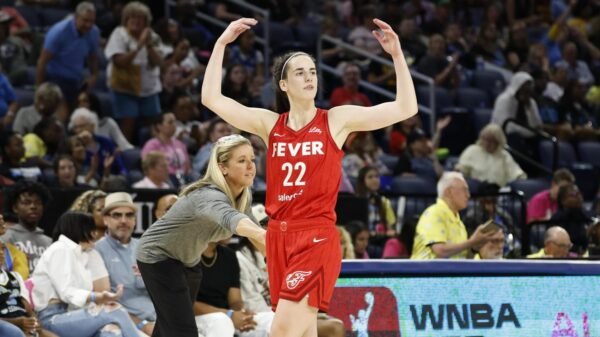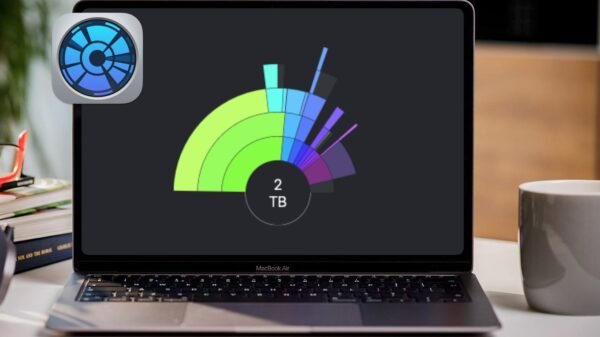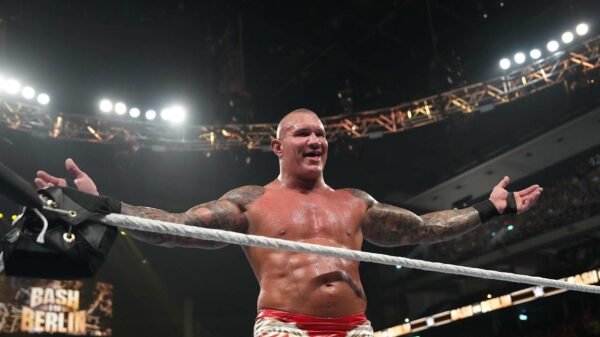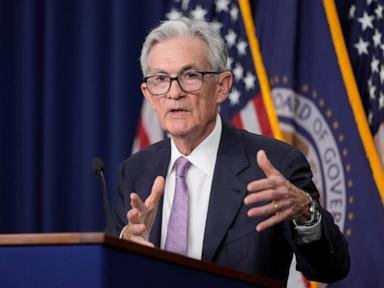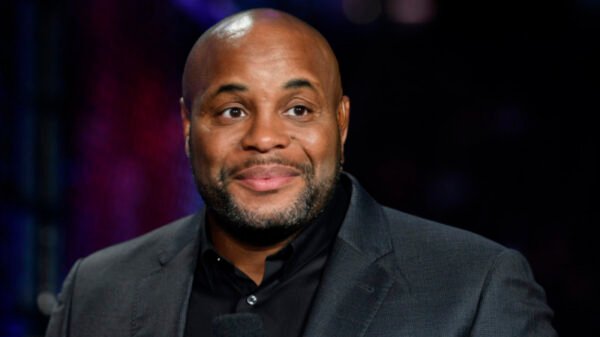WASHINGTON — Nobody is aware of how Tuesday’s presidential election will prove, however the Federal Reserve’s transfer two days later is way simpler to foretell: With inflation continuing to cool, the Fed is ready to chop rates of interest for a second time this yr.
The presidential contest may nonetheless be unresolved when the Fed ends its two-day assembly Thursday afternoon, but that uncertainty would don’t have any impact on its resolution to additional cut back its benchmark fee. The Fed’s future actions, although, will turn out to be extra unsettled as soon as a brand new president and Congress take workplace in January, notably if Donald Trump have been to win the White Home once more.
Trump’s proposals to impose excessive tariffs on all imports and launch mass deportations of unauthorized immigrants and his menace to intrude on the Fed’s usually impartial fee choices might ship inflation surging, economists have mentioned. Larger inflation would, in flip, compel the Fed to sluggish or cease its fee cuts.
On Thursday, the Fed’s policymakers, led by Chair Jerome Powell, are on observe to chop their benchmark fee by a quarter-point, to about 4.6%, after having applied a half-point discount in September. Economists count on one other quarter-point fee minimize in December and probably extra such strikes subsequent yr. Over time, fee cuts are likely to decrease the prices of borrowing for customers and companies.
The Fed is decreasing its fee for a unique cause than it often does: It typically cuts charges to spice up a sluggish financial system and a weak job market by encouraging extra borrowing and spending. However the economy is growing briskly, and the unemployment fee is a low 4.1%, the federal government reported Friday, even with hurricanes and a strike at Boeing having sharply depressed net job growth final month.
As a substitute, the central financial institution is reducing charges as a part of what Powell has known as “a recalibration” to a lower-inflation atmosphere. When inflation spiked to a four-decade excessive of 9.1% in June 2022, the Fed proceeded to lift charges 11 occasions — finally sending its key fee to about 5.3%, additionally the best in 4 many years.
However in September, year-over-year inflation dropped to 2.4%, barely above the Fed’s 2% goal and equal to its degree in 2018. With inflation having fallen to this point, Powell and different Fed officers have mentioned they suppose excessive borrowing charges are now not essential. Excessive borrowing charges sometimes prohibit development, notably in interest-rate-sensitive sectors resembling housing and auto gross sales.
“The restriction was in place as a result of inflation was elevated,” mentioned Claudia Sahm, chief economist at New Century Advisors and a former Fed economist. “Inflation is now not elevated. The rationale for the restriction is gone.”
Fed officers have advised that their fee cuts can be gradual. However practically all of them have expressed help for some additional reductions.
“For me, the central query is how a lot and how briskly to scale back the goal for the (Fed’s key) fee, which I imagine is at the moment set at a restrictive degree,” Christopher Waller, an influential member of the Fed’s Board of Administrators, mentioned in a speech final month.
Jonathan Pingle, an economist at Swiss financial institution UBS, mentioned that Waller’s phrasing mirrored “uncommon confidence and conviction that charges have been headed decrease.”
Subsequent yr, the Fed will probably begin to wrestle with the query of simply how low their benchmark fee ought to go. Finally, they might wish to set it at a degree that neither restricts nor stimulates development — “impartial” in Fed parlance.
Powell and different Fed officers acknowledge that they do not know precisely the place the impartial fee is. In September, the Fed’s rate-setting committee estimated that it was 2.9%. Most economists suppose it is nearer to three% to three.5%.
The Fed chair mentioned the officers need to assess the place impartial is by how the financial system responds to fee cuts. For now, most officers are assured that at 4.9%, the Fed’s present fee is much above impartial.
Some economists argue, although, that with the financial system trying wholesome even with excessive borrowing charges, the Fed would not must ease credit score a lot, if in any respect. The concept is that they might already be near the extent of rates of interest that neither slows nor stimulates the financial system.
“If the unemployment fee stays within the low 4’s and the financial system continues to be going to develop at 3%, does it matter that the (Fed’s) fee is 4.75% to five%?” mentioned Joe LaVorgna, chief economist at SMBC Nikko Securities, requested. “Why are they slicing now?”
With the Fed’s newest assembly coming proper after Election Day, Powell will probably subject questions at his information convention Thursday in regards to the end result of the presidential race and the way it may have an effect on the financial system and inflation. He will be anticipated to reiterate that the Fed’s choices aren’t affected by politics in any respect.
Throughout Trump’s presidency, he imposed tariffs on washing machines, photo voltaic panels, metal and a spread of products from China, which President Joe Biden maintained. Although research present that washer costs rose consequently, total inflation didn’t rise a lot.
However Trump is now proposing considerably broader tariffs — primarily, import taxes — that might elevate the costs of about 10 occasions as many items from abroad.
Many mainstream economists are alarmed by Trump’s newest proposed tariffs, which they are saying would nearly actually reignite inflation. A report by the Peterson Institute for Worldwide Economics concluded that Trump’s foremost tariff proposals would make inflation 2 percentage points higher subsequent yr than it in any other case would have been.
The Fed may very well be extra more likely to elevate charges in response to tariffs this time, in accordance with economists at Pantheon Macroeconomics, “provided that Trump is threatening a lot larger will increase in tariffs.”
“Accordingly,” they wrote, “we are going to cut back the discount within the funds fee in our 2025 forecasts if Trump wins.”


